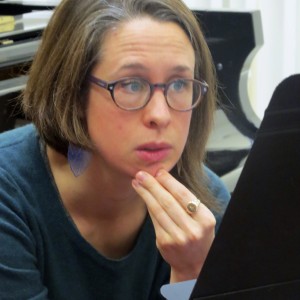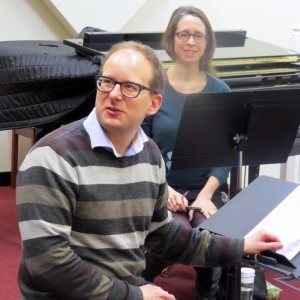Places of Remembrance
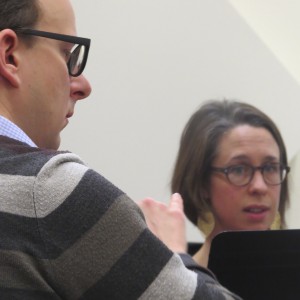
Among the activities during last month’s Remembrance Day premiere weekend was a composition workshop with guests from the world-leading new music vocal ensemble, EXAUDI. Mate Szigeti describes the pieces he and fellow postgraduate composers created: The rite of remembrance is always connected with a place. We remember at festive dinner tables, we remember in churches, as we do in public spaces designated for this purpose. The properties, the functions, the subjects of remembrance may change according to circumstances, but it is still important to have a place that evokes memories (even if they are not necessarily ours), and provides space for the ritual.
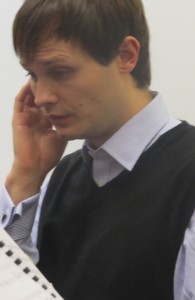
And there are imaginary places too, where authors place themselves when remembering. Heights, from where immense historical times are seen in space (history as a battlefield); worlds beyond physical reality and factuality, making connections between people who otherwise are separated by capacious time and space. The multilingual conversation of composers and poets, such as Josquin des Prés, Gabriel Fauré, Frederic Manning, and Georg Trakl in music – as heard in Alexander Glyde-Bates’ piece, …fili mi,/In paradisum. A personal world, where the coming of the metaphorical Spring is the eternal promise – Christopher W. Evans’ setting of Charlotte Mew’s poem, May 1915.
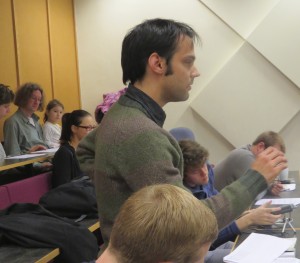
Sunium’s rocks, “where nothing, save the sea and I” for Byron. Memorial places can be found all over the world, places that dispense with every material element that might refer to the subject of remembrance. (The massive, evenly polished concrete stelae of the Memorial to the Murdered Jew in Berlin). My piece, Place me on Sunium’s marbled steep, uses selected verses from a Byron poem, entitled Isles of Greece, which is also known as a part of his large-scale work, Don Juan. For the music, I chose a Scottish folksong as reference material, the words of which are about the gesture of “leaving-behind”, and – as in Byron’s poem – are to be sung back to the island, gazing across the sea. Drifting into memories. (I hope a bit of self-promotion can be excused here, but I should mention that, in the next lunchtime concert, on 5 December, another piece of mine, the Hebrides, will be played by university students, and the last movement of this is based on the same folksong.)
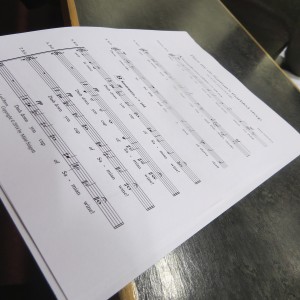
Such “personal rituals” of remembrance became a collective event on Saturday 15 November, when four soloists from the vocal group EXAUDI (Juliet Fraser, Tom Williams, Alastair Putt, and Francis Brett), along with composer James Weeks, the director of the group, came to the University to perform our pieces in a public workshop. Knowing their extraordinary abilities and their familiarity with contemporary repertoire, we were all courageous enough to write material that, in a technical sense, was more challenging than usual. (Although Chris – thinking of future opportunities – intentionally wrote a piece that could equally be performed by a larger choir.) It was a rare opportunity for us to work with a top professional group. There was enough time in the workshop for the singers to share their practical advice in relation to singing techniques and notational matters. As all of their comments were based on real experiences from a performer’s perspective, we had a lot to “take home” – confident that the workshop as a whole would make a positive impact on our future works involving voices.

